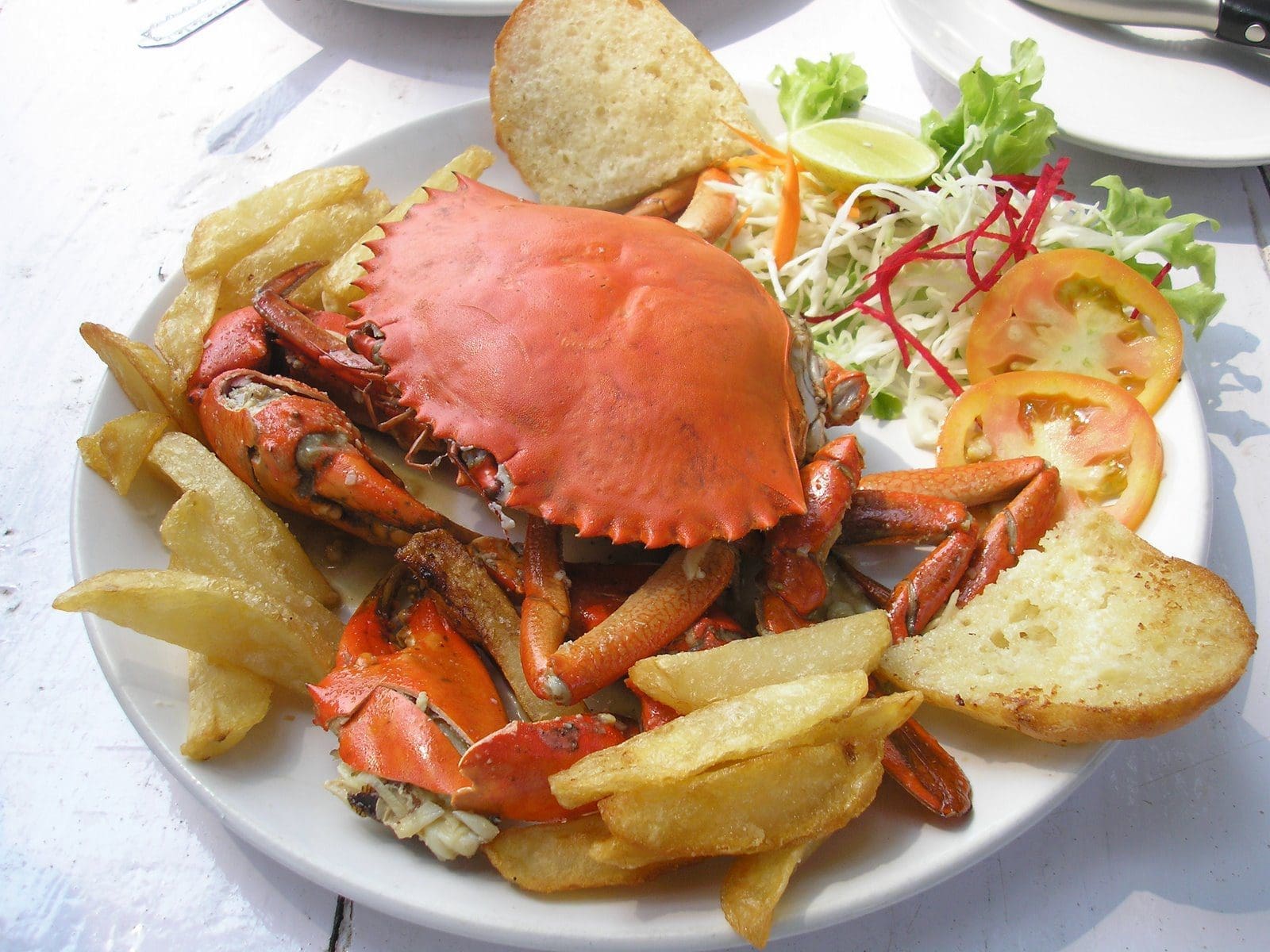
Goan cuisine is a blend of different influences through the centuries, and though the recipes and techniques have changes and evolved over the years, the basic ingredients remain the same. The staple components of typical Goan food are the local products rice, fish and coconut and almost every Goan meal will have a dish comprising them. The people of Goa are gourmet seafood eaters and use prawns, lobsters, crabs, and jumbo pomfrets to make a variety of delicious soups, salads, pickles, curries and fries.
Coconut milk is an essential ingredient in Goan cooking. It can be prepared by grating the white flesh of a coconut and soaking it in a cup of warm water. ‘Kokum’, a sour, deep red colored fruit that has a sharp and sour flavor is an equally important ingredient. The famous red Goan chilies are also added to most dishes, and so tamarind. Goans have their own peculiar version of vinegar that is mage from toddy. There are also innumerable spicy and tangy chutneys that are characteristic of the state.
Goan cooking also usually has liberal amounts of spices that give the dishes a distinctive aroma and a singular taste. The most commonly used spices are cumin, chilies, coriander, garlic and turmeric. Particular combinations of spices have led to the development of a number of different styles of cooking, which have subtly different flavorings.
Goan cuisine is predominantly non-vegetarian. The main course of the meal mainly consists of seafood, pork and chicken. The undeniable Portuguese influence can be seen in the dishes of caldeirada, racheiado and cabidela. Pork is a must for any festive occasion in Goa and the most famous preparation is the vindaloo. There are diverse interpretations of the etymology for this word-vinho for wine, alhos for garlic (Portuguese), viande, and aloo-meat and potato (French and Hindustani). Pork Vindaloo is a spicy concoction with plenty of red chilies, garlic, cooked with chunks of pork, Goa vinegar, hard palm jaggery, and is best enjoyed with plain boiled rice. Another mouth-watering delicacy made of pork is the sarpotel. A curry with a thick gravy to the layman, this exotic concoction comprises boneless pork, liver, heart, kidneys, red chilies, cinnamon, cloves bathed in tangy toddy vinegar, which is needed to balance the strong taste of pig’s blood: another traditional ingredient of this revered dish.
As far as the food of the Hindus and the Christians is concerned, fish is still the staple diet. Though they have some common preparations, there is a vast difference in the foods specially since Christians consume beef and pork which are taboo for most Hinds. Surprisingly, Hindu Goan food has not been too influenced by Portuguese cooking.
The most famous Goan sweet meat is the many layered bebinca. It is prepared by adding extract of coconut milk to flour, sugar, and other flavourings. Each layer is baked before adding the next one and the traditional version has 16 layers. A soft jaggery flavored fudge called dodol made from delicious palm-sap jaggery, rice flour and coconut. Rose-a-coque is a flower-like waffle that can be eaten alone or poured over with cream or honey. Easter eggs known as ovos da pascoa are another favorite sweet meat.

Be the first to comment